Nelson satisfied with NASA authorization act
Original Publication Date: 2022-08-10 11:24
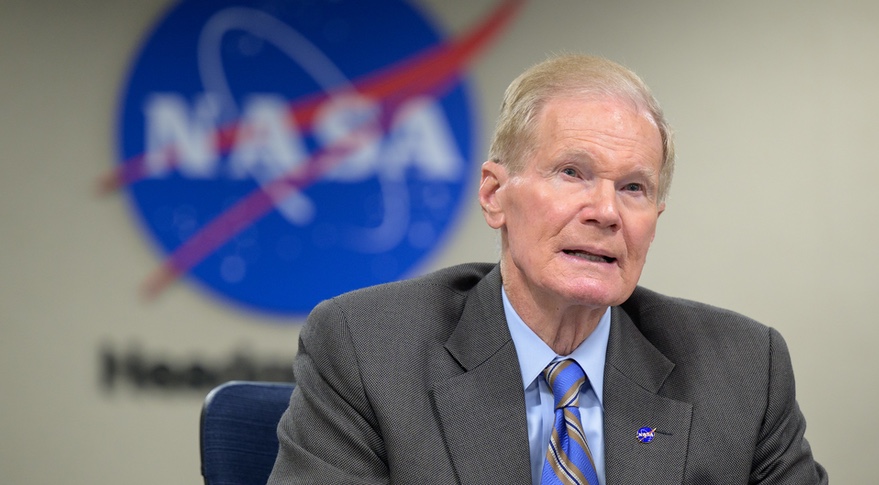
NASA Administrator Bill Nelson says agency has "gotten what we need" From bill. President Joe Biden signed into law the CHIPS and Science Act Aug. 9. The bill was intended to stimulate domestic production of semiconductors. Its provisions featured support for NASA’s exploration programs.
NovaWurks reveals contracts, expansion plans and Space Legos
Original Publication Date: 2022-08-10 03:49
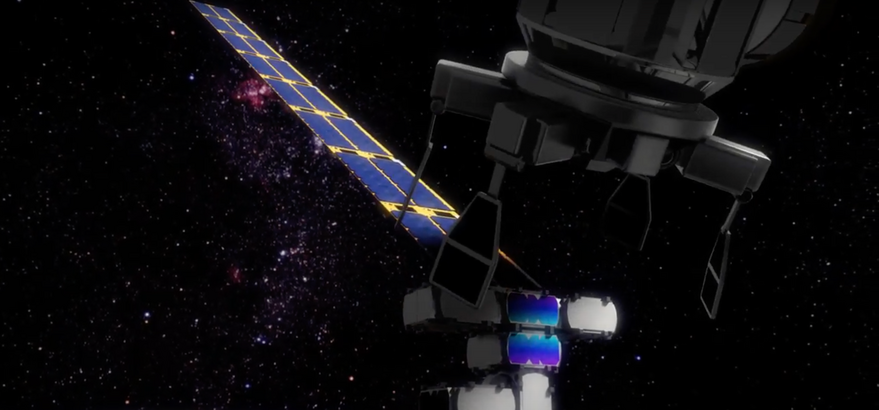
NovaWurks is a California-based company that builds spacecraft with modules. The modules, now trademarked as Slegos, provide functions of conventional components. NovaWurks performed its first in-orbit demonstration in 2017 on the International Space Station. Early in-orbit demonstrations have led to contracts.
Tracking debris and space traffic a growing challenge for U.S. military
Original Publication Date: 2022-08-10 01:04
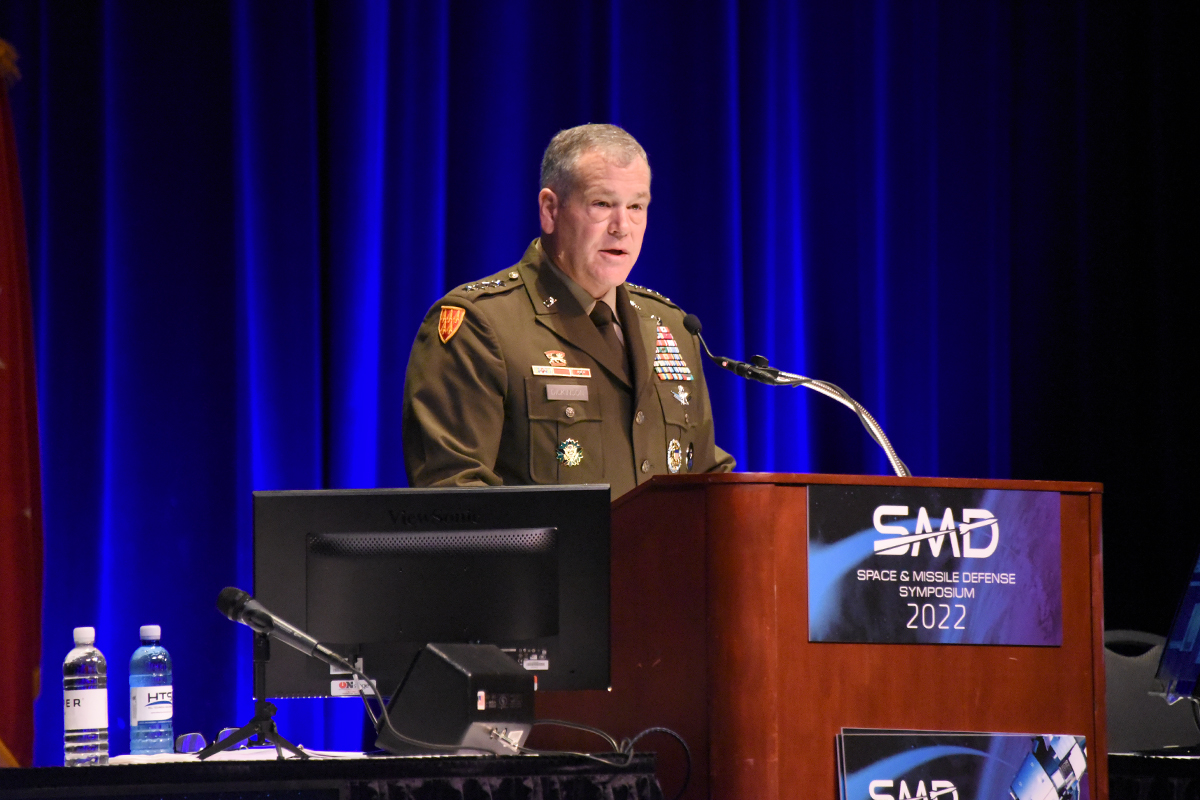
Gen. James Dickinson: Space traffic management should be transferred to a civilian agency. The 18th Space Defense Squadron is responsible for monitoring space traffic. Dickinson wants to see Space Command spend less time on traffic management and more time tracking potentially nefarious activities by U.S. Adversaries.
U.S. Space Command basing decision approaching final stretch
Original Publication Date: 2022-08-09 22:19
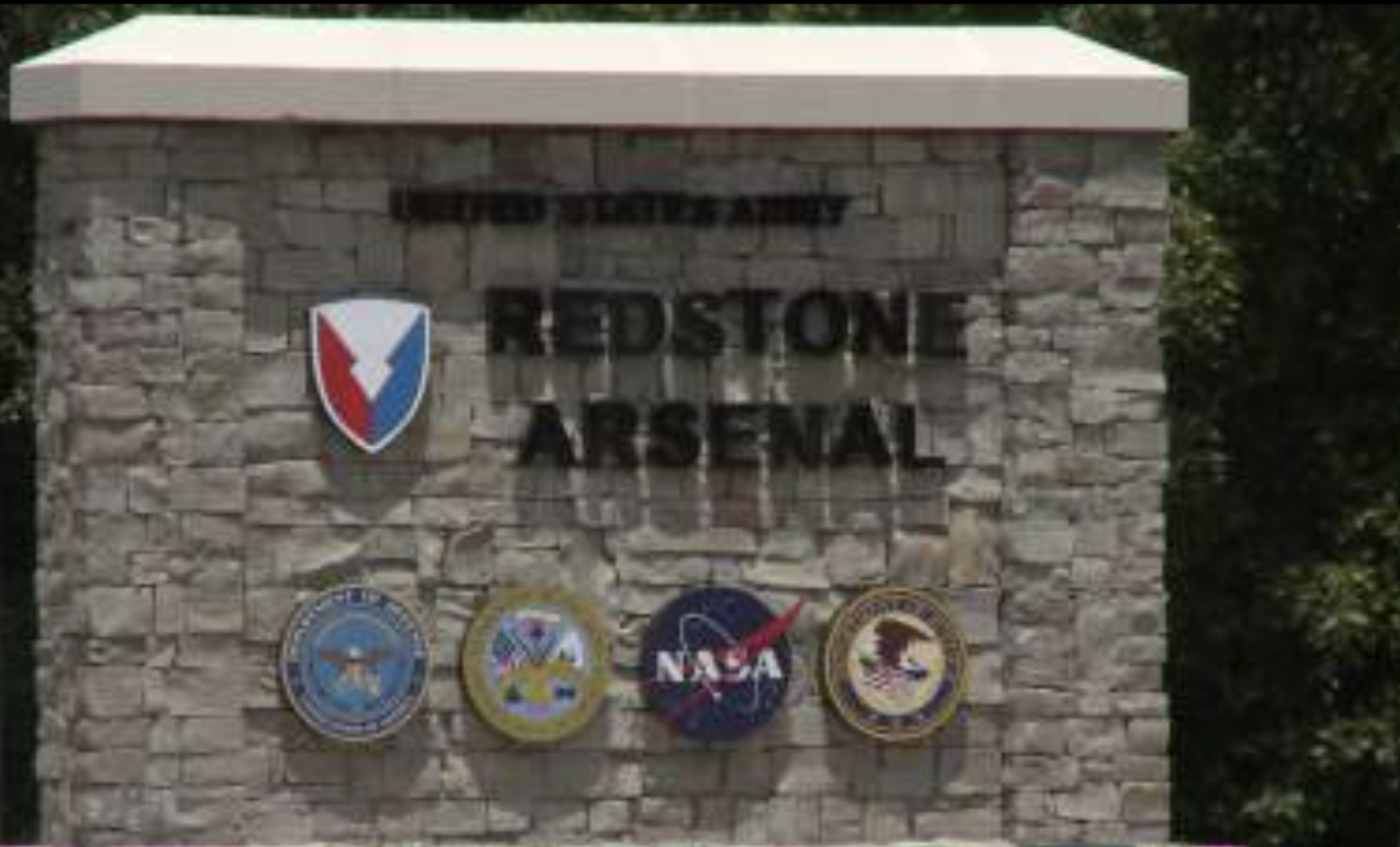
U.S. Space Command is currently located at Peterson Space Force Base, Colorado. The Department of the Air Force in January 2021 recommended that Space Command move to Huntsville. The basing decision has since been embroiled in a political fight as Colorado lawmakers have pushed back. Gen. James Dickinson said Space Command is trying to get to “full operational capability” as soon as possible.
D-Orbit to deploy 20 Astrocast satellites over three years
Original Publication Date: 2022-08-09 21:57
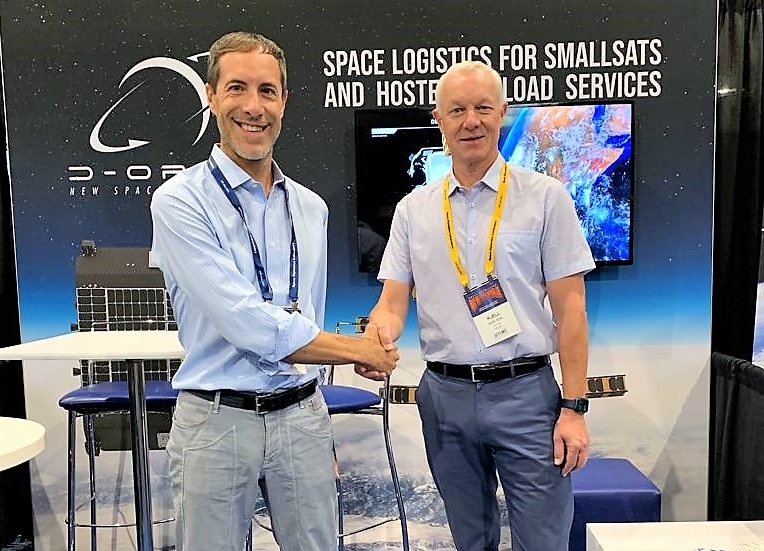
Italy’s D-Orbit said Aug. 9 that it would launch 20 nanosatellites over three years. The first mission under their agreement is slated for no sooner than November 2022. Astrocast plans to grow the constellation to 40 satellites in 2023 and to operate 100 by 2025.
Maxar to supply 14 satellites for U.S. military missile-tracking constellation
Original Publication Date: 2022-08-09 21:32
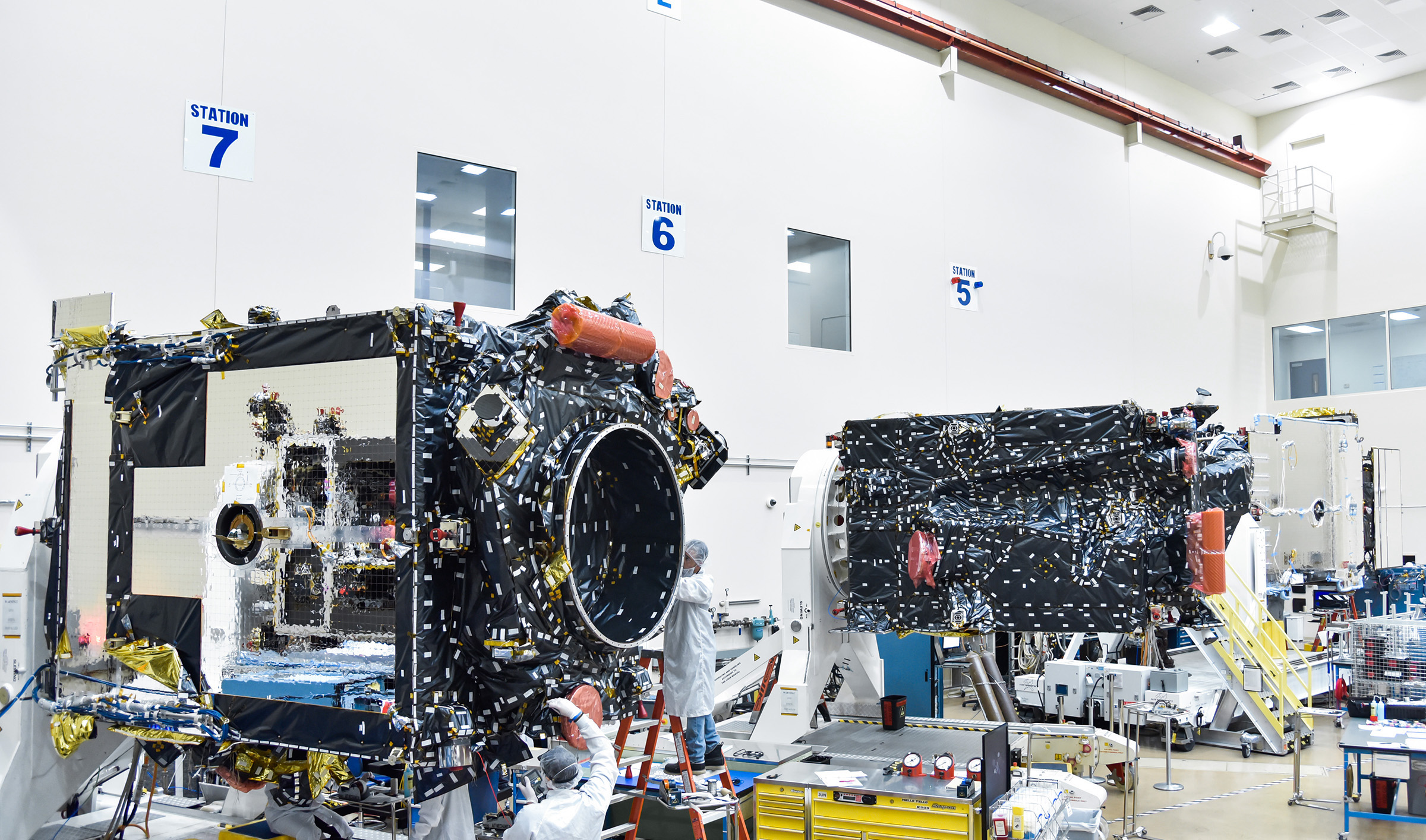
Maxar Technologies selected by L3Harris to manufacture 14 missile-detection satellites. L3Harris won a $700 million contract. 28 infrared-sensing satellites will be part of a global network of eyes in the sky. Maxar will supply satellite buses and provide support services as a subcontractor.
Live coverage: SpaceX aces another launch of Starlink internet satellites – Spaceflight Now
Original Publication Date: 2022-08-09 00:00
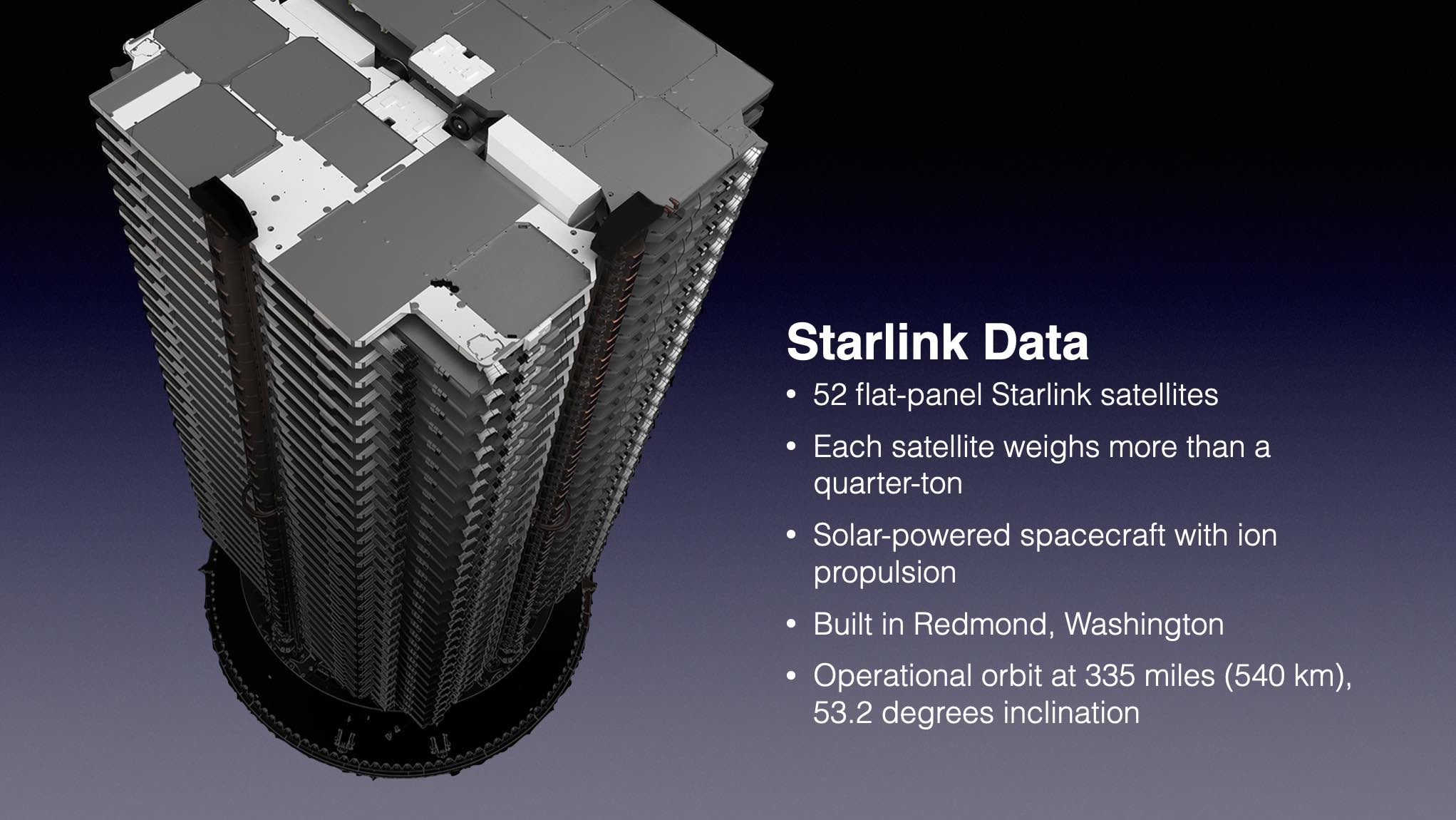
SpaceX launched a Falcon 9 rocket and 52 more Starlink internet satellites Tuesday from NASA’s Kennedy Space Center in Florida. The commercial mission took off bound for low Earth orbit at 10:14 p.m. EDT (0214 GMT) The Falcon 9’s reusable first stage landed on an offshore drone ship.
SpaceX rolls out Falcon 9 rocket as Starship work continues at pad 39A – Spaceflight Now
Original Publication Date: 2022-08-09 00:00

SpaceX continues to launch Falcon 9 rockets from Launch Complex 39A in Florida as construction work advances on the nearby tower for the company’s next-generation Starship rocket. Overnight Tuesday, SpaceX rolled another Falcon 9 to pad 39A for liftoff with the next batch of Starlink internet satellites. Another section of the Starship gantry tower arrived at the pad.
NASASpaceFlight.com
The SSLV or Small Satellite Launch Vehicle conducted its launch debut from Sriharikota, India on Sunday, August 7 at 03:48 UTC. The SSLV program’s genesis was a December 2015 National Institute of Advanced Studies proposal to create a “Small Satellite Launch Vehicle-1” to launch small national security payloads on demand.
Commercial Archives
SpaceX's Falcon 9 rocket launched from pad 39A at the Kennedy Space Center on Tuesday, carrying 52 Starlink satellites to Low Earth Orbit. These satellites will contribute to filling up the fourth shell of the Starlink constellation, which is now available in 36 countries to provide internet access to people around the globe.
International Archives
Soyuz 2.1b/Fregat-M rocket launched from Site 31/6 at the Baikonur Cosmodrome. Khayyam satellite for Iran and 16 CubeSats for various institutions and universities. Launch was originally scheduled for as early as the summer of 2021.
Chinese Long March 3B Launches APStar-6C Communications Satellite – Spaceflight101

China successfully launched the APStar-6C communications satellite on Thursday. The Long March 3B rocket lifted off from the Xichang Satellite Launch Center at 16:06 UTC on a mission of under half an hour. The satellite will deliver VSAT services, video distribution, Direct-to-Home television and high-throughput cellular backhaul.
Blue Origin’s New Shepard Reaches new Heights in latest Test Flight – Spaceflight101

Blue Origin's New Shepard rocket reached a new altitude of 107 Kilometers on Sunday. Sunday’s mission was the eighth in Blue Origin’s New Shepard flight test program. The flight was hosted by “Mannequin Skywalker’ – an instrumented test dummy to collect data on the environment human crew members would experience.
ISS Updates – Spaceflight101 – International Space Station

A veteran NASA spacewalker and an EVA rookie from Japan ended their week with nearly six hours of work outside the International Space Station. The restoration of the Station’s Mobile Servicing System started last year and continued in January to provide Canadarm2 with a new pair of grappling hands.
Featured – Spaceflight101

A SpaceX Falcon 9 took to the skies over Florida’s Cape Canaveral Monday afternoon. It was lifting a flight-proven Dragon spacecraft into orbit for a critical delivery of science gear, supplies and maintenance hardware. It was the first of at least six cargo ships inbound to the U.S. Segment of ISS this year.
News – Spaceflight101

A Russian Rockot booster is set to blast off from the Plesetsk Cosmodrome at 17:57 UTC with the Sentinel-3B multi-function satellite. The rocket will carry the multi-function Sentinel-3B satellite into orbit. The satellite is part of Europe's Copernicus satellite fleet.
Re-Entry: Long March 11 Rocket Body – Spaceflight101

The CZ-11 fourth stage used leftover propellant for a partial de-orbit maneuver, lowering its perigee to 120 Kilometers to significantly accelerate its orbital decay. It is reportedly built around a YF-50 main engine and in a nominal mission conducts the orbital circularization after the three CZ-11 stages.
Faces of Leadership: The Directors of JPL

JPL Director, 2001-2016 Charles Elachi was born in Lebanon. Elachi taught at Caltech, served in a variety of research and management positions at JPL beginning in 1971. After retiring from JPL in June 2016 he became professor emeritus at Caltech. He continues to advocate and be a spokesman for a strong space and Earth science program.
Documentary Series: JPL and the Space Age

JPL and the Space Age is a new series of documentaries about NASA's Jet Propulsion Laboratory. The series uses rare archival footage and interviews with many of JPL’s pioneering engineers and scientists. Each episode was written, produced and directed by JPL Fellow and national Emmy Award-winning documentarian Blaine Baggett.
Caltech/JPL Privacy Policies and Important Notices

Caltech/JPL's policies on privacy, security, accessibility, linking and copyright. Information you provide on a Caltech/JPL Web site will be used only for its intended purpose. We will only share your information with a government agency if it relates to that agency, or as otherwise required by law.
My Favorite Martian Image: ‘Enchanted’ Rocks at Jezero Crater

The rocks of the crater floor are igneous in origin, having formed billions of years ago from molten rock. Over time, mud, silt, and sand brought into the lake that filled Jezero compressed and solidified into thin layers of sedimentary rock. If microscopic organisms were also present during sedimentary rock formation, they could have been captured within the layers.
First of NASA’s SunRISE SmallSats Rolls Off Production Line

NASA's SunRISE will be a huge radio telescope in orbit that will help deepen scientists’ understanding of space weather events. SunRISE – short for Sun Radio Interferometer Space Experiment – will launch in 2024. The first of six small satellites has already been completed at Utah State University Space Dynamics Laboratory.
California, Indiana Students to Hear From Astronauts on Space Station

Students at Van Buren Elementary School in Nashville, Indiana, will be able to talk to astronauts aboard the International Space Station. The downlink will kick off a school-wide STEM-a-Thon. Astronauts living in space on the orbiting laboratory communicate with NASA’s Mission Control Center in Houston 24 hours a day.
10 Years Since Landing, NASA’s Curiosity Mars Rover Still Has Drive

Engineers catalog each and every crack in the wheels, test every line of computer code before it’s beamed into space. Curiosity’s robotic drilling process, for example, has been reinvented multiple times since landing. The team plans to spend the next few years exploring the sulfate-rich area.
